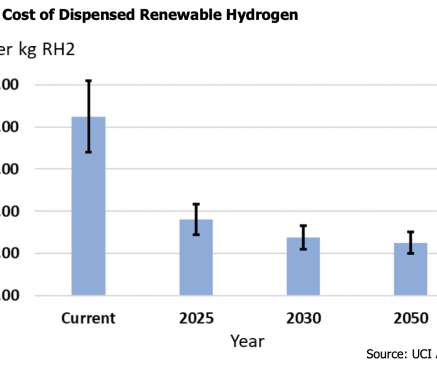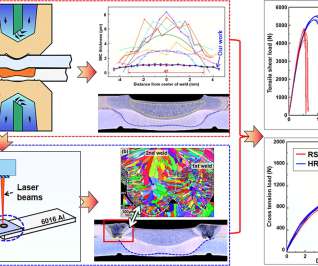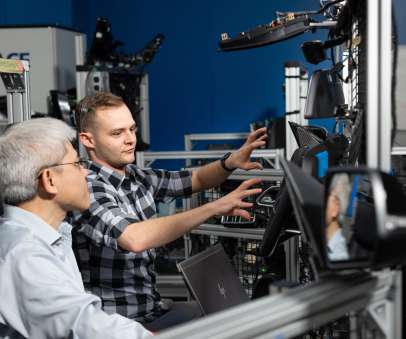UMTRI: fuel economy improvements are present throughout the sales-weighted distributions of same MY vehicles
Green Car Congress
FEBRUARY 20, 2015
Building on research that shows average fuel economy has improved 4.5 The analysis shows that fuel economy improvements are present throughout the distributions of vehicle fuel economy. The analysis shows that fuel economy improvements are present throughout the distributions of vehicle fuel economy.






































Let's personalize your content